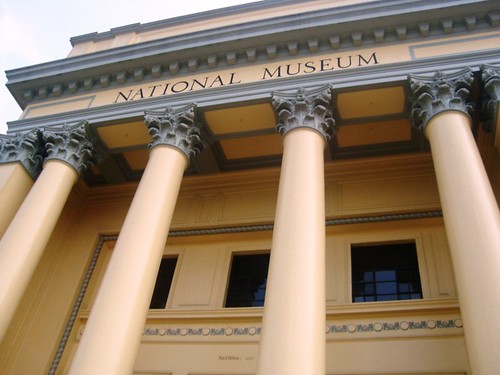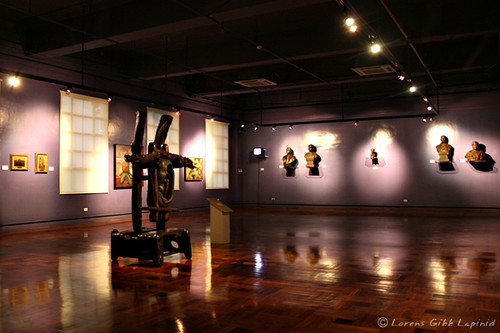| Country | Cost | |
| Australia | 81.4 | 4.2 |
| Canada | 80.7 | 5.0 |
| France | 81.0 | 4.0 |
| Germany | 79.8 | 3.8 |
| Japan | 82.6 | 2.6 |
The National Museum
The National Museum is the premier repository and custodian of the country’s heritage introduces its significant collections, and shares to a wider audience on-line its efforts to protect, conserve and promote the natural and cultural heritage of the Filipino people. We hope that through this website, we can stimulate your interest to visit us and appreciate in person the legacies that characterize and make up the Filipino identity.

The interdisciplinary nature of the work in the National Museum also encourages exchange of information and collaborative strategies towards achieving its goals as a cultural, scientific, and educational institution. As we make accessible the museum’s resources in the web, we also invite everyone to engage and commit themselves in the continuous endeavors of heritage preservation not only in the Philippines but throughout the world.
History of the National Museum
The National Museum was established in Manila on October 29, 1901 as the 'Insular Museum of Ethnology, Natural History and Commerce under the Department of Public Instruction by Virtue of Act No. 284 passed by the Philippine Commission. Since then, it has changed names and location, placed under various departments and offices, merged, abolished, transferred and re-created to become the 'National Musuem.'
On February 12, 1998, Republic Act 8492, also known as the 'National Museum Act of 1998', finally established the National Museum as an independent institution with a permanent and exclusive site known as the National Museum Complex. This consists of the National Museum Main (former Old Congress Building), which houses the National Art Gallery, the Museum of the Filipino People (former Finance Building), and the Department of the Tourism Building which shall become the Museum of Natural History. As per P.D. 804-A, the Planetarium is also administered and maintained by the National Museum.

The National Museum at present is composed of 12 disciplines in the areas of anthropology, archaeology, arts, geology, museum education, cultural properties, planetarium, zoology, botany, restoration and engineering, chemistry and conservation, and archaeological sites and branch museums. It has 19 branches and sites nationwide.
Galleries and Exhibits:
colonialism and oppression
They also offer lectures, workshops, and other event all year round.
P. Burgos Ave., City of Manila, Philippines
Official Site www.nationalmuseum.gov.ph
Teaser photo source 365greatpinoystuff.wordpress.com




